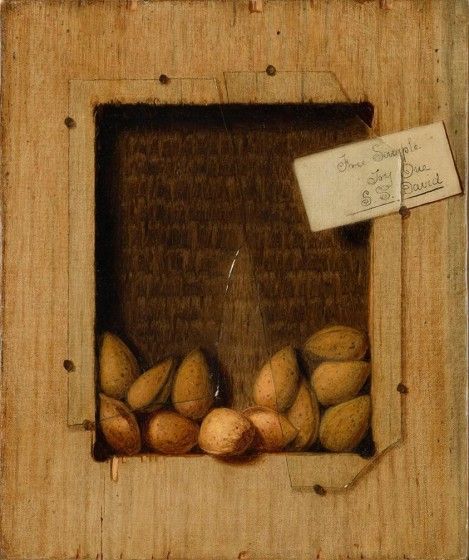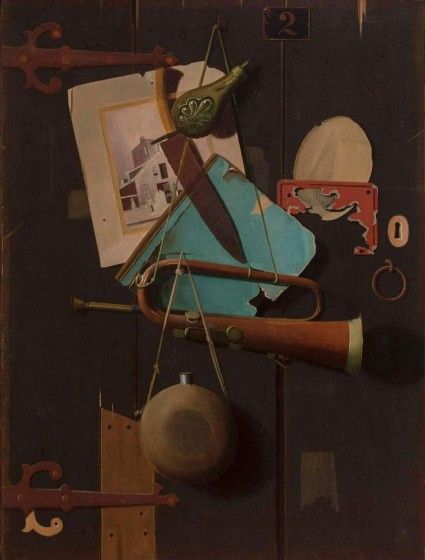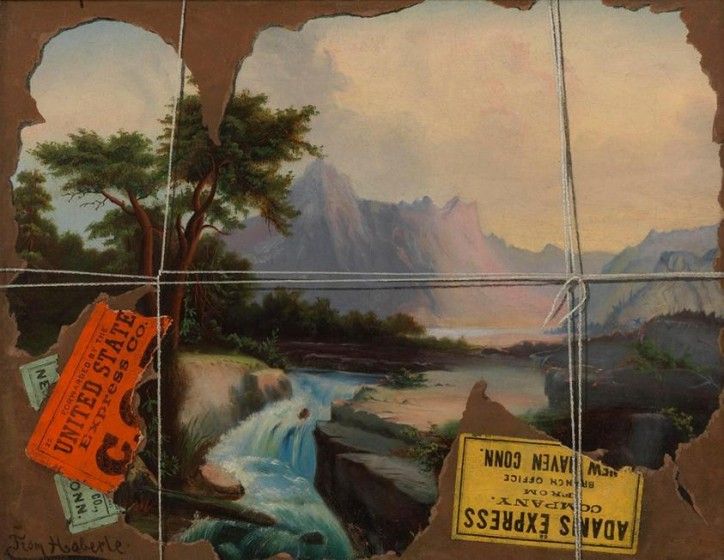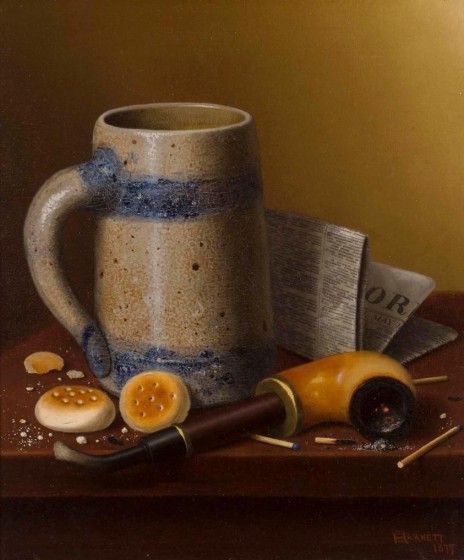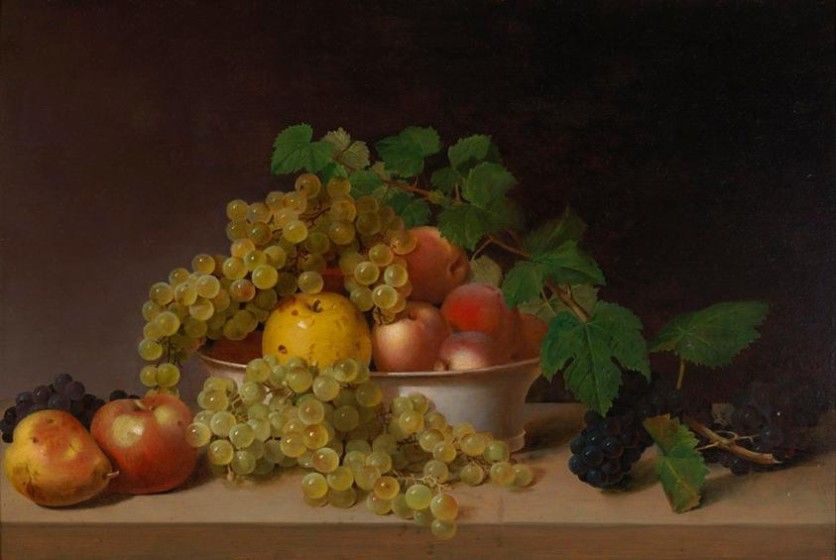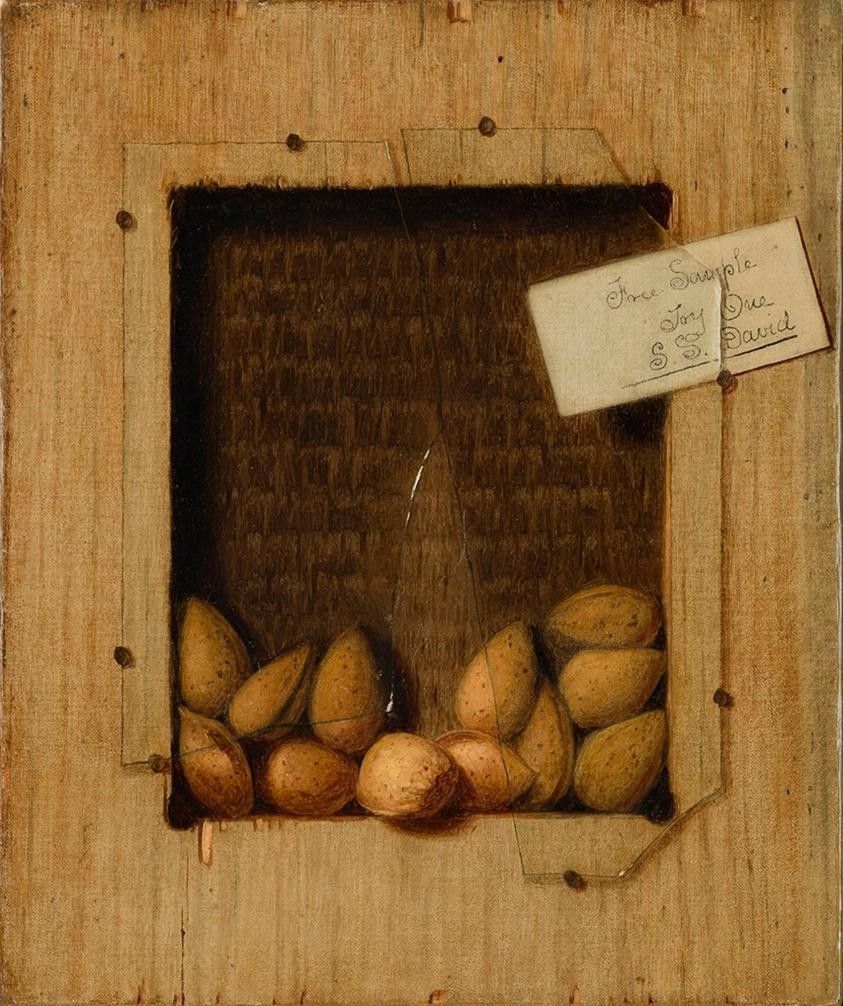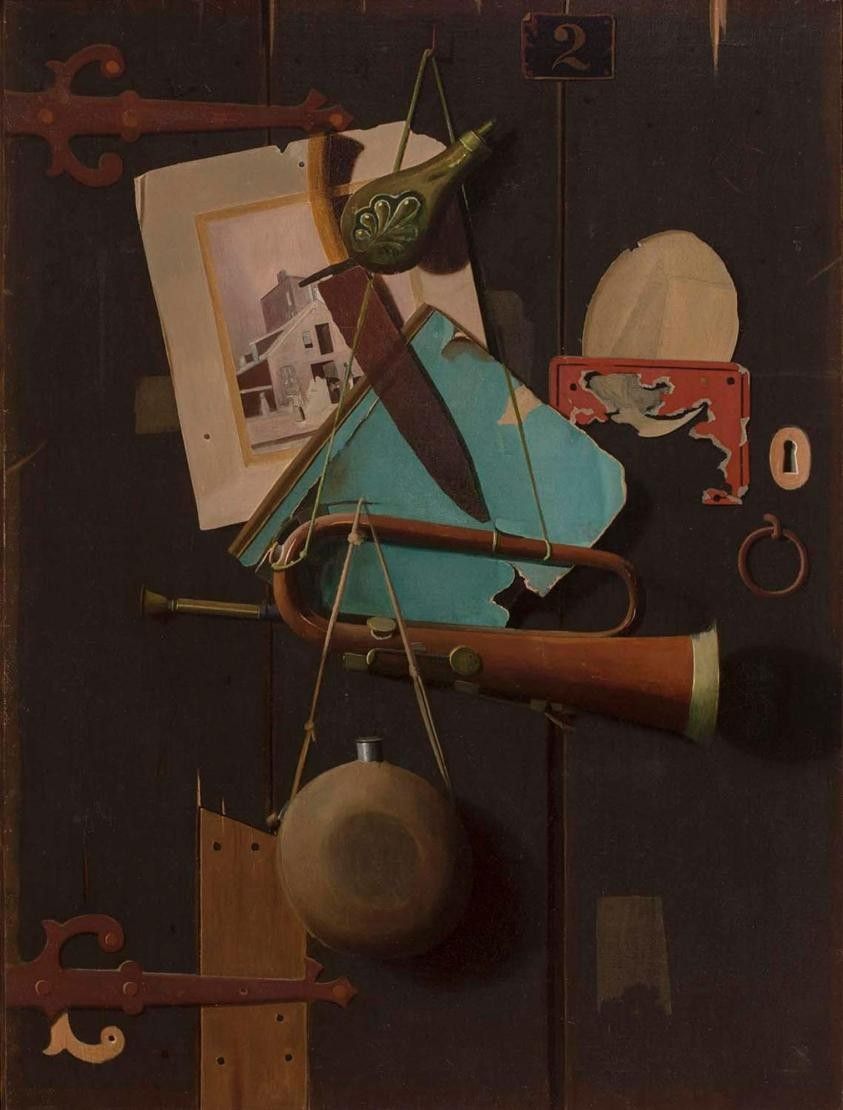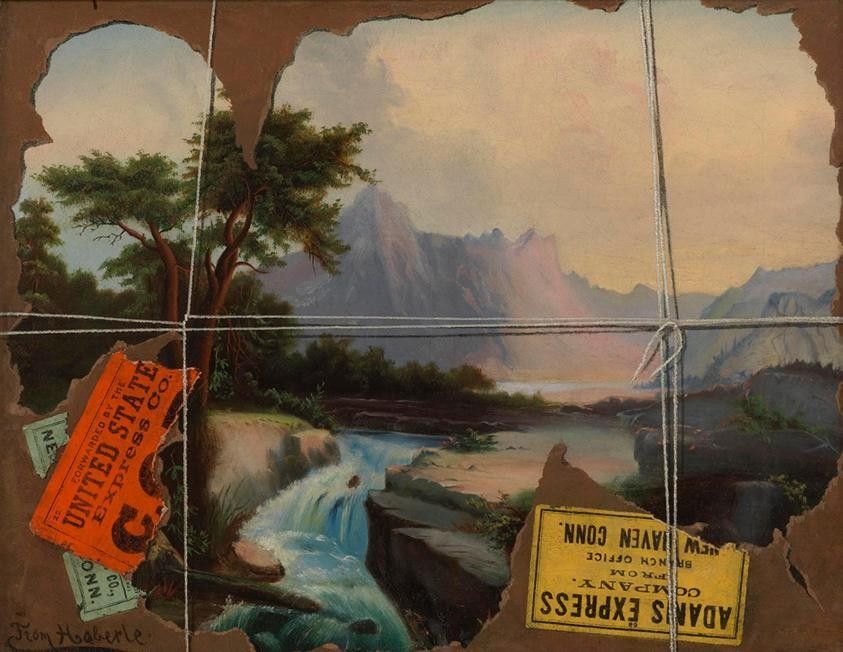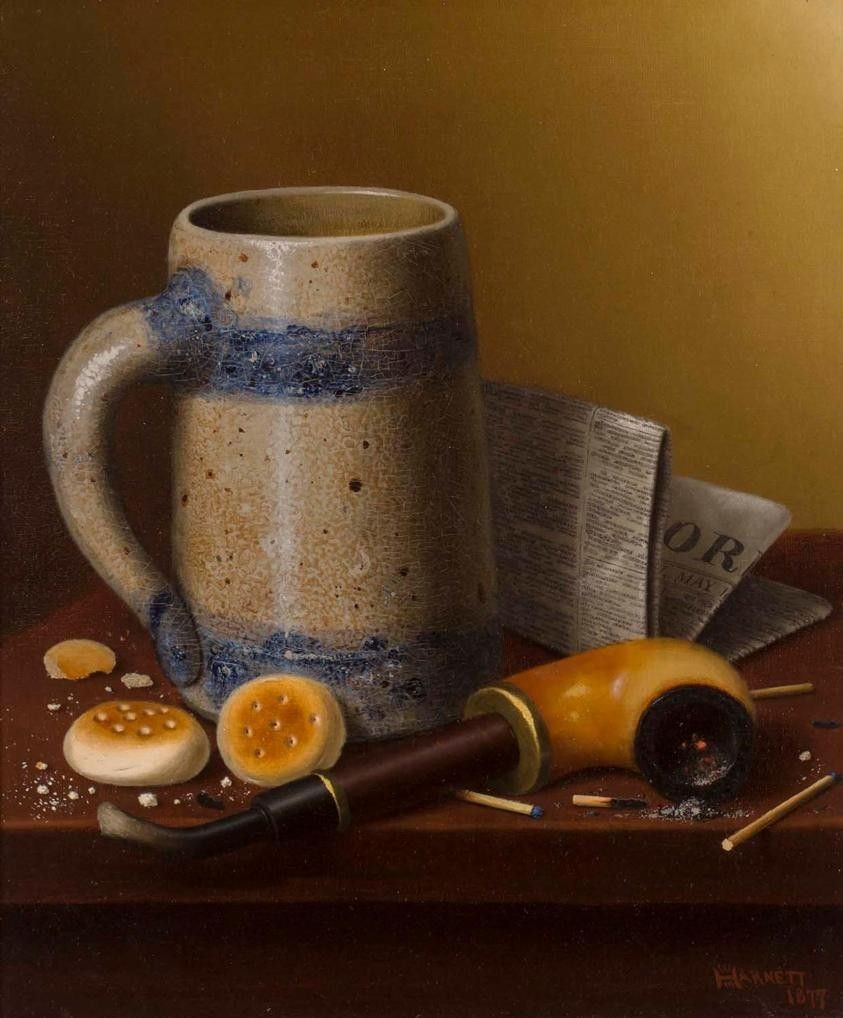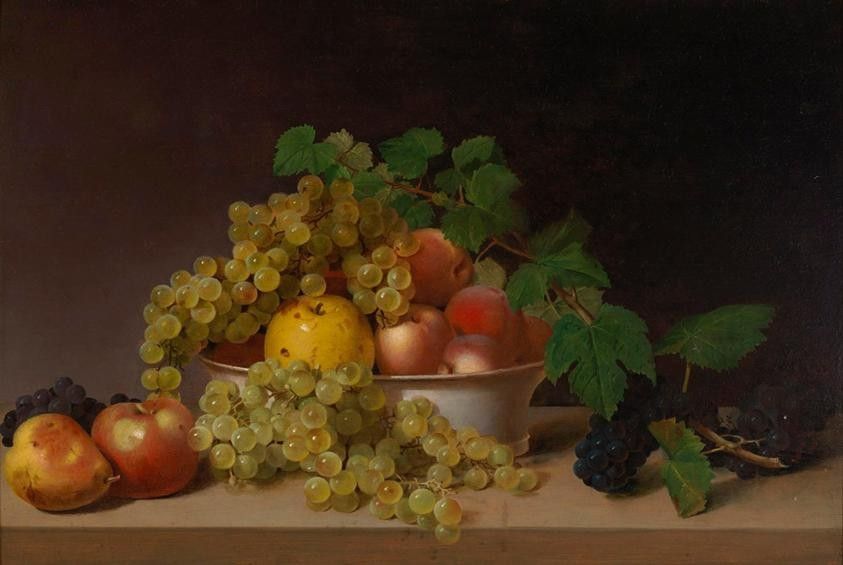While the artistic term trompe l’oeil—meaning “to deceive the eye”—originated in France in 1800, artists have endeavored to create artworks that appear real enough to touch since antiquity.
This exhibition explores techniques used by American artists from 1825 to the present to portray scenes that fool our senses, even if briefly. Artful Deceit also examines the range of artistic motivations and social realities that inspire the creation of hyperreal works, such as humor, showmanship, material pleasure, economic anxiety, and a desire to enter into dialogue with earlier generations of artists. The exhibition includes artworks by Jefferson David Chalfant, George Cope, De Scott Evans, Scott Fraser, John Haberle, William Michael Harnett, Greg Mort, James Peale, John Frederick Peto, and James Welling. Nearly all the works are drawn from the permanent collection of the Brandywine Museum of Art, reflecting the strength of the institution’s holdings of historical and contemporary trompe l’oeil paintings.
